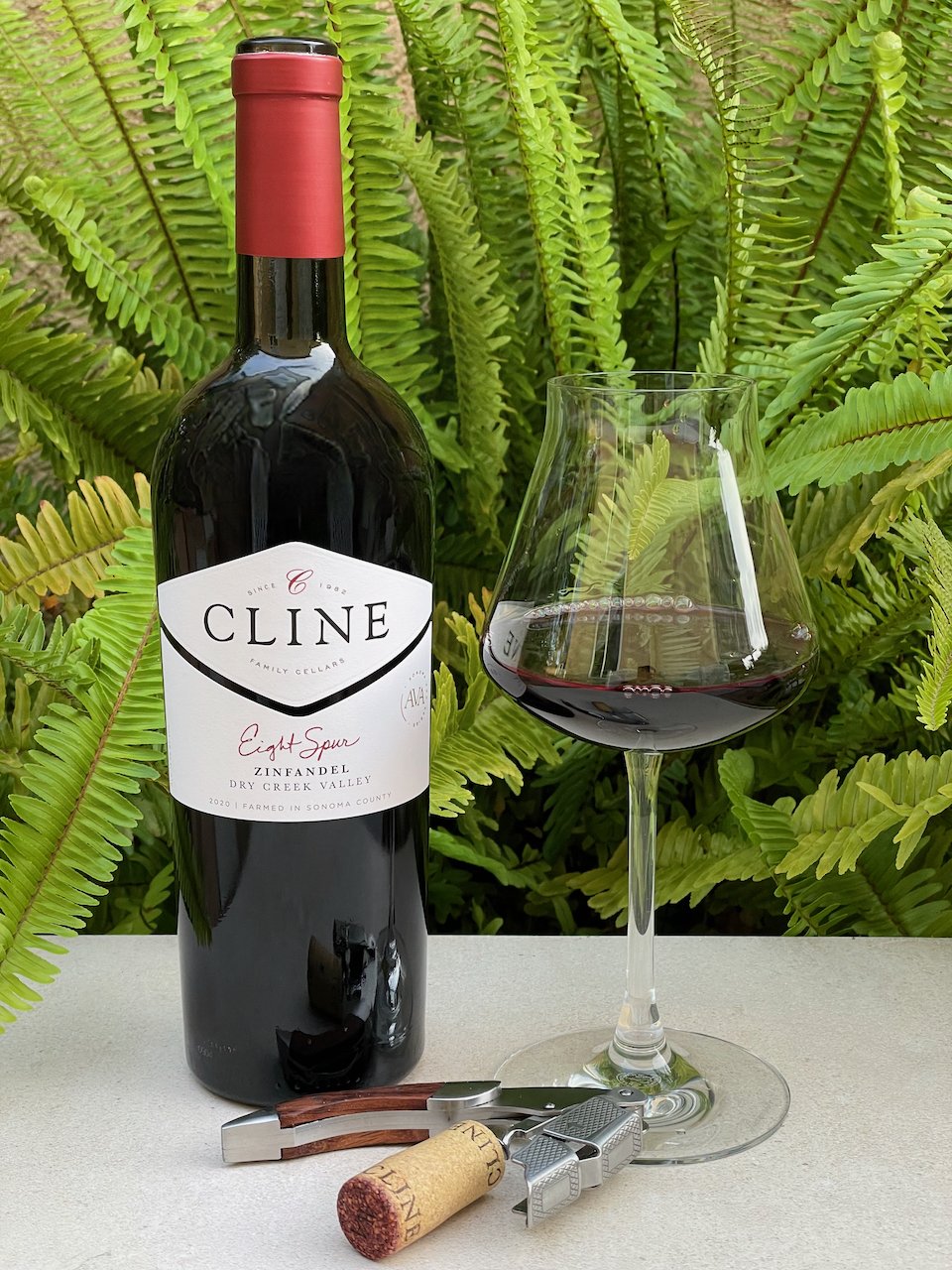Uruguay is home to a proud winemaking tradition in an unusual location, and a far cry from the desert-and Andes-dominated landscapes associated with most vineyard regions in the South America continent. In Uruguay, the dominant factor is the Atlantic Ocean, whose winds, storms, and tides ensure a cool climate.
Uruguay is about the same size as the U.S. state of Wisconsin and its population of 3.5 million is roughly that of Connecticut. In terms of planted vineyards (14,804 acres), it’s a little smaller than Alexander Valley in California’s Sonoma Valley.
In terms of worldwide production of Tannat, Uruguay is second only to France. And, in Uruguay, Tannat accounts for 27% of vineyard plantings.
Here are three fine examples of Tannat from Uruguay:
2018 Pisano RPF Tannat Family Personal Reserve ($24): Made from 100% Tannat, this RPF (Reserva Personal de la Familia) was originally created with the aim of preserving very limited quantities of their best wines for the personal consumption of the Family. Today it represents their most exclusive and prestigious wines. It is medium purple in color with aromas of red and black fruits. On the palate it has rich black cherry, plum and raspberry notes. It is full-bodied with firm tannin and medium acidity. It was decanted more than an hour before serving.
2020 Giménez Méndez Alta Reserva Tannat ($18): This 100% Tannat that was planted in 1995. The grapes are hand harvest and hand selected, destemming and crushing. It underwent pre-fermentation maceration for six days before fermentation for 12 to 15 days. Post maceration during 8 days to optimize the color, flavor and tannin. It was then aged for nine months in American and French oak. Finally, a blend is produced with wines of the same variety obtained from different plots. It is deep purple in color with aromas of dark stone fruit and black cherry. On the palate it is full-bodied with rich plum and prune flavors along with smoky tobacco flavors from the nine months of aging in French and American oak. It has medium tannin and medium-high acidity. It was decanted more than an hour before serving.
2019 Montes Toscanini Gran Tannat Premium ($59): The harvest of these Tannat grapes is 100% by hand. Once they are in the tank, the maceration lasts more than 22 days while undergoing intense pumping over on skins and seeds. This Gran Tannat undergoes malolactic fermentation and is then left to rest in concrete vats to undergo natural clarification and stabilization. It was then aged in the best oak barrels in the winery for 18 months before going through a period of aging in the bottle. It is deep purple in color with aromas of red and black fruits with a floral hint. On the palate it is rich and complex with a great depth of character with delicious dark fruit flavors and vanilla. It was decanted more than an hour before serving.
If you are not familiar with the wines of Uruguay you should consider trying a few. They are making very nice wines of good quality at very affordable prices. That make these three Tannats a great fit as the Behind the Cork™ Wines of the Week. Look for more great wines from Uruguay in upcoming features. Cheers!
Disclosure of Wine Sample Submission: I received these samples at no cost for review. The opinions expressed are entirely my own.
Samples Provided by the noted wineries via Creative Palate Communications






